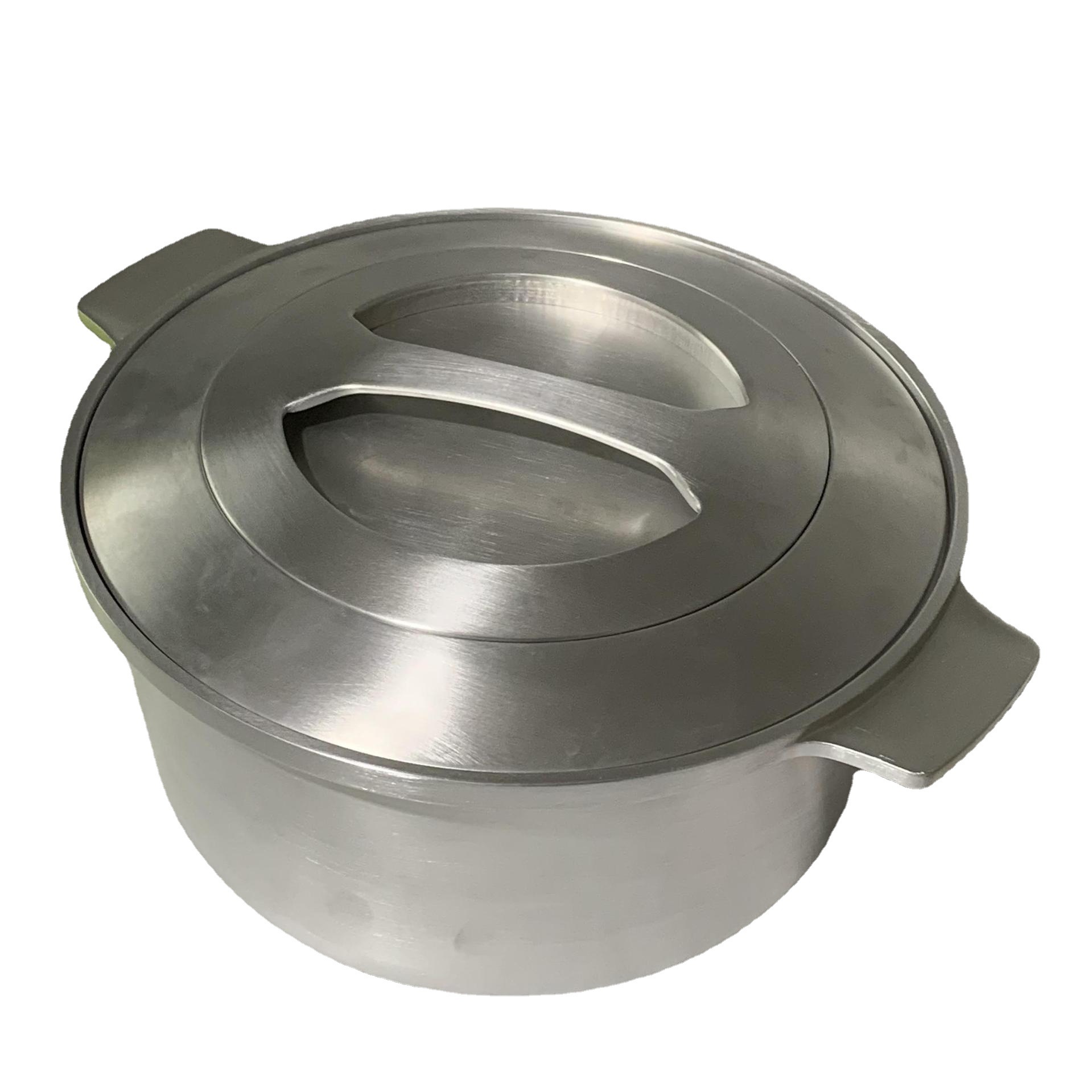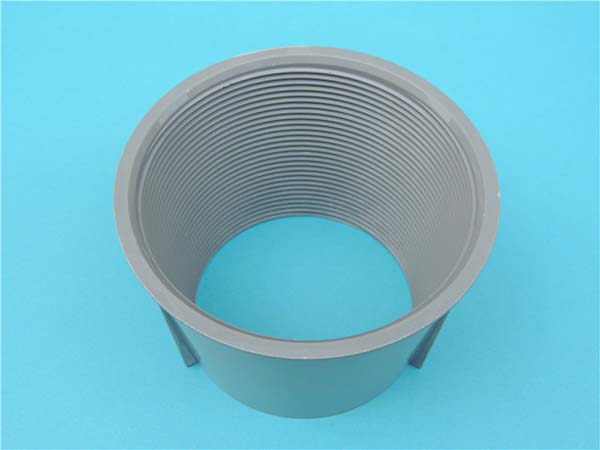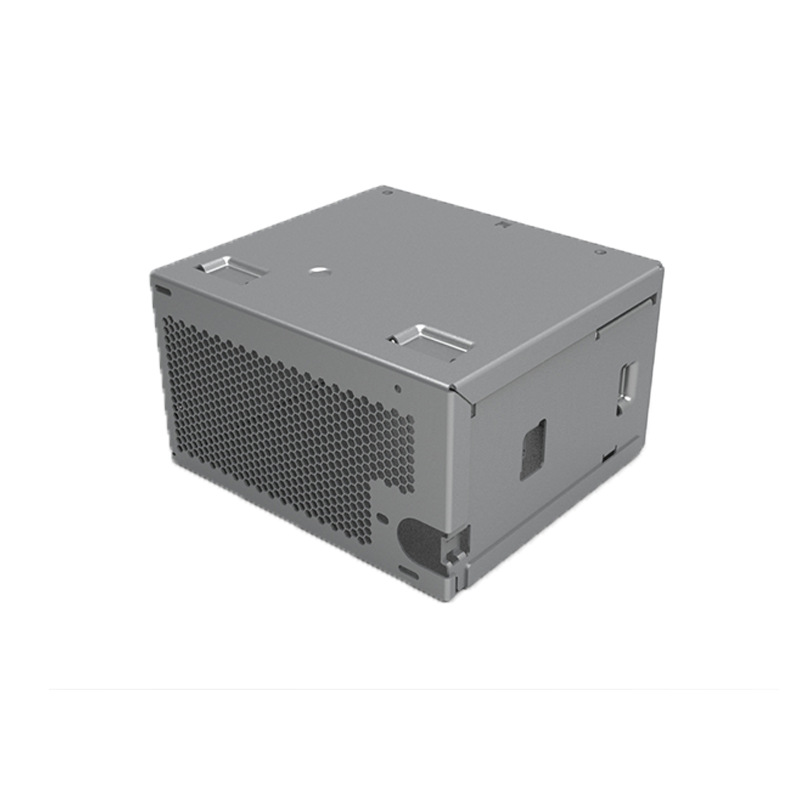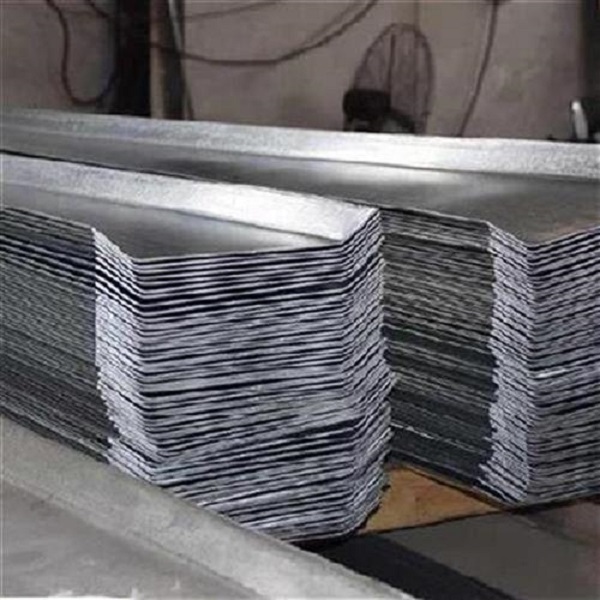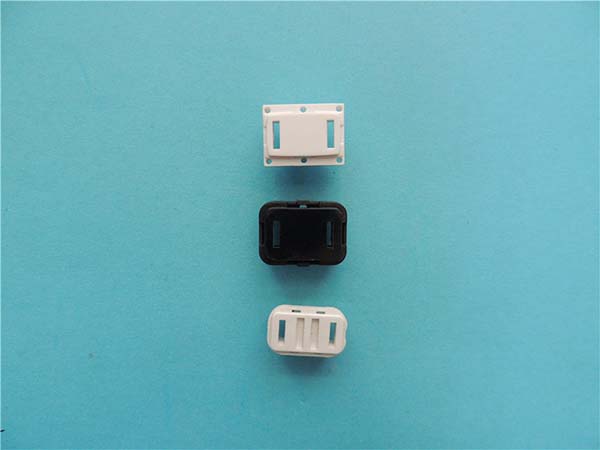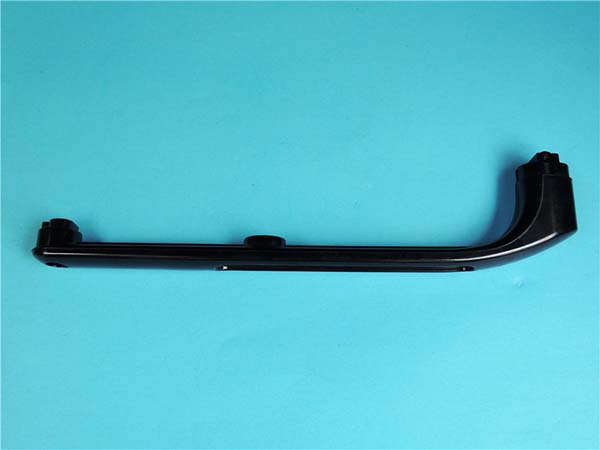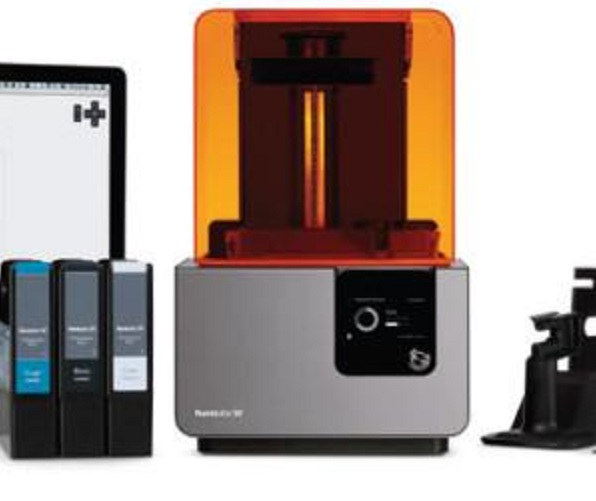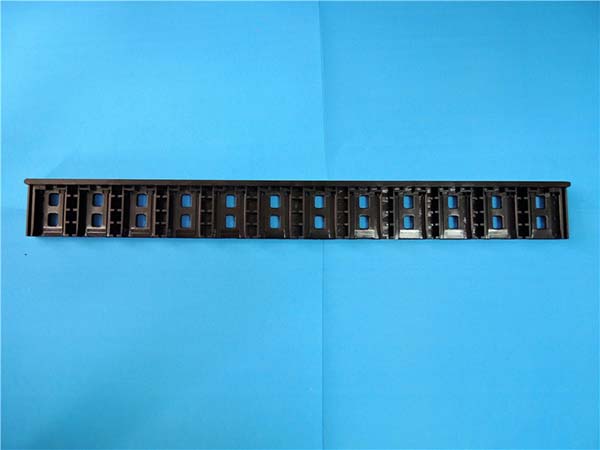1. Understanding 3D Printing Prototype Service
What is 3D Printing Prototype Service?
3D printing prototype service, also known as additive manufacturing, is a revolutionary technology that creates three - dimensional objects from a digital file. Instead of subtracting materials like traditional manufacturing methods, it builds objects layer by layer. For example, in a product development process, a designer creates a 3D model using computer - aided design (CAD) software. This digital model serves as the blueprint for the 3D printer. The 3D printer then reads the model and deposits materials, such as plastic, metal, or resin, in precise layers to form the physical prototype.
How Does It Work?
The process begins with the creation of a 3D model. This can be done through various means, including CAD software, 3D scanning of an existing object, or even using specialized modeling apps. Once the digital model is ready, it is sliced into thin cross - sections by the printer's software. Each slice represents a layer that the printer will build.
During the printing process, different 3D printing technologies use different methods to deposit materials. For instance, in Fused Deposition Modeling (FDM), the most common and cost - effective technology, a spool of thermoplastic filament is fed into the printer's extruder. The extruder heats the filament until it melts and then extrudes it through a nozzle, depositing the molten material layer by layer on the build platform. As the layers stack up, the 3D object gradually takes shape. Another technology, Stereolithography (SLA), uses a laser to cure liquid resin layer by layer, creating highly detailed and smooth prototypes.
The Importance in Various Fields
- Product Development: In the consumer electronics industry, companies like Apple use 3D printing prototypes to quickly test new designs. Before mass - producing a new iPhone model, they can print multiple prototypes of the phone's casing to check for ergonomics, aesthetics, and functionality. This reduces the time and cost associated with traditional prototyping methods, which might involve expensive tooling and long lead times.
- Medical Field: Surgeons can use 3D printing prototype services to create patient - specific anatomical models. For example, before a complex heart surgery, a 3D - printed model of the patient's heart can be made. This allows the surgical team to better understand the patient's unique anatomy, plan the procedure more accurately, and even practice the surgery beforehand, ultimately improving the success rate of the operation.
- Automotive Industry: Car manufacturers use 3D - printed prototypes to develop new car parts. They can test the fit, form, and function of components like engine parts or interior trim pieces without having to invest in costly production molds. This speeds up the development cycle and enables more design iterations, leading to better - performing and more fuel - efficient cars.
2. Key Advantages of 3D Printing Prototype Service
2.1 Cost - effectiveness
When it comes to cost, 3D printing prototype service has a significant edge, especially for small - batch production. In traditional manufacturing, setting up the production line often involves high - cost tooling. For example, creating a metal injection molding (MIM) die can cost anywhere from \(10,000 to \)100,000, depending on the complexity of the part. This high initial investment makes traditional manufacturing less cost - effective for producing a small number of prototypes.
In contrast, 3D printing eliminates the need for expensive tooling. A simple plastic prototype printed using Fused Deposition Modeling (FDM) can cost as little as a few dollars in material costs, plus the cost of machine operation. For a batch of 100 small plastic parts, 3D printing can reduce the production cost by up to 50% compared to traditional injection molding, according to a study by the Wohlers Report. This cost - effectiveness allows startups and small - to - medium - sized enterprises (SMEs) to bring their ideas to life without breaking the bank.
2.2 Time - saving
Time is a crucial factor in product development, and 3D printing can be a real game - changer. Traditional manufacturing processes usually involve multiple steps such as design, prototyping, tooling, and production. Each step can be time - consuming, and any design changes often require going back to the drawing board and repeating several steps.
For instance, in the automotive industry, developing a new car part through traditional methods can take months. The design has to be sent to a tooling company, which may take weeks to create the molds. After that, the production process itself can be lengthy. However, with 3D printing, the process is much simpler. A designer can make a design change in the CAD software in the morning and have a physical prototype ready by the afternoon. A case study by Ford Motor Company showed that they were able to reduce the time for developing a new engine component from 6 months to just 2 weeks by using 3D printing, allowing them to accelerate their product development cycle significantly.
2.3 Design Freedom
One of the most remarkable features of 3D printing is its design freedom. Traditional manufacturing methods are often restricted by the limitations of the manufacturing process. For example, in traditional machining, creating complex internal structures or undercuts can be extremely difficult or even impossible.
3D printing, on the other hand, has no such constraints. It can create objects with intricate geometries, hollow structures, and interlocking parts in a single build. Aeronautical engineering provides a great example. Turbine blades for jet engines often have complex internal cooling channels to withstand high temperatures. With 3D printing, these cooling channels can be designed and printed with ease, improving the efficiency and performance of the engine. The following chart shows a complex 3D - printed design that would be nearly impossible to achieve with traditional manufacturing:
2.4 Material Diversity
3D printing offers a wide range of materials to choose from, each with its own unique properties. Some of the commonly used materials include:
- Plastics: Polyethylene terephthalate glycol (PETG) is known for its strength and flexibility, making it suitable for products like phone cases. Acrylonitrile butadiene styrene (ABS) has high heat resistance and is often used in automotive and electronic parts prototyping.
- Metals: Titanium alloy is popular in the aerospace and medical industries due to its high strength - to - weight ratio and excellent biocompatibility. Stainless steel is used for parts that require high corrosion resistance, such as in marine applications.
- Ceramics: Alumina ceramics are used for high - temperature applications like furnace linings and electronic insulators because of their high melting point and good electrical insulation properties.
The choice of material can significantly impact the performance of the prototype. For example, a prototype for a heat - resistant component in an industrial oven would require a high - temperature - resistant material like a ceramic or a high - temperature - rated metal alloy. If the wrong material is chosen, the prototype may fail to meet the required performance standards during testing.
3. How Yigu Technology Stands Out in 3D Printing Prototype Service
3.1 Rich Experience and Professional Team
Yigu Technology, as a non - standard plastic metal products custom Supplier, has been deeply involved in the 3D printing field for years. Our long - standing experience has enabled us to handle a diverse range of projects, from small - scale prototype development for startups to large - scale production support for established enterprises.
Our professional team is composed of experts in 3D design, material science, and 3D printing technology. They are proficient in various 3D printing software and are well - versed in different printing technologies such as FDM, SLA, and Selective Laser Melting (SLM) for metal printing. With their in - depth knowledge and skills, they can provide accurate advice on design optimization, material selection, and printing process planning, ensuring that every prototype meets the highest quality standards.
3.2 High - quality Service and Customization
At Yigu Technology, we are committed to providing high - quality 3D printing prototype services. We use advanced 3D printers and high - quality materials to ensure the precision and durability of our prototypes. Each prototype undergoes strict quality inspection before delivery to ensure that it meets the design requirements and customer expectations.
We also understand that every customer has unique needs. That's why we offer customized solutions. For example, a client in the medical device industry needed a highly customized 3D - printed model for a new surgical instrument. Our team worked closely with them, from the initial design consultation to the final production. We adjusted the design according to their feedback, selected the most suitable biocompatible materials, and finally delivered a prototype that perfectly met their requirements, helping them to successfully proceed with the next stage of product development.
4. FAQ about 3D Printing Prototype Service
4.1 What materials can be used in 3D printing prototype service?
Commonly used materials in 3D printing prototype service include plastics like ABS, PLA, PETG, and nylon. ABS is great for its strength and heat resistance, often used in automotive and electronics prototypes. PLA, a biodegradable option, is popular for its ease of printing and is suitable for general - purpose prototypes, especially in educational and some consumer - product applications. PETG offers good strength and flexibility, making it suitable for items like phone cases or components that require both durability and some bendability. Nylon is known for its toughness and is often used in applications where high - strength parts are needed, such as in mechanical components. Metals such as stainless steel, titanium, and aluminum can also be used. Stainless steel is used for its corrosion - resistance and strength in applications like industrial equipment parts. Titanium, with its high strength - to - weight ratio, is commonly used in aerospace and medical implants prototypes. And aluminum, being lightweight and having good thermal conductivity, is suitable for prototypes in the automotive and heat - dissipation related fields. Additionally, there are resins used in SLA and DLP 3D printing technologies, which can produce highly detailed and smooth prototypes, often used in jewelry design, art, and some high - precision mechanical part prototypes.
4.2 How accurate is the 3D printed prototype?
The accuracy of a 3D printed prototype is affected by multiple factors. The type of 3D printing technology used plays a crucial role. For example, SLA printers generally offer higher precision compared to FDM printers. The quality of the 3D printer itself, including its mechanical components and calibration, also impacts accuracy. A well - calibrated professional - grade FDM printer can achieve an accuracy of around ±0.1 - 0.3 mm, while high - end SLA printers can reach an accuracy of ±0.05 - 0.1 mm. Material properties also matter. Some materials may shrink or expand during the printing and cooling process, which can lead to dimensional changes. Additionally, the complexity of the model can influence accuracy. Complex geometries with thin walls or overhangs may be more challenging to print accurately.
4.3 What is the typical turnaround time for a 3D printed prototype?
The turnaround time for a 3D printed prototype depends on several factors. The complexity of the 3D model is a major determinant. A simple, small - scale prototype with a basic shape can be printed within a few hours, perhaps 2 - 6 hours on a relatively fast desktop 3D printer. However, a large and highly complex model with intricate details and internal structures may take days to print. For instance, a complex aerospace - part prototype with fine internal cooling channels printed on a high - end industrial 3D printer could take 2 - 5 days. The size of the prototype also matters; larger prototypes naturally require more time to print layer by layer. The type of 3D printer and its speed capabilities are another factor. Faster industrial - grade printers can reduce the printing time compared to slower desktop models. Additionally, post - processing steps such as removing support structures, sanding, and polishing can add extra time to the overall turnaround. In general, for most common prototypes, the turnaround time can range from a few hours to a week, depending on the above - mentioned factors.

